Find out everything you need to know about the world’s 2nd largest cryptocurrency Ethereum. What is Ethereum’s potential, future, challenges and risks? Read the ultimate Ethereum beginner’s guide. This article by Alex Moskov was originally published at CoinCentral.com.
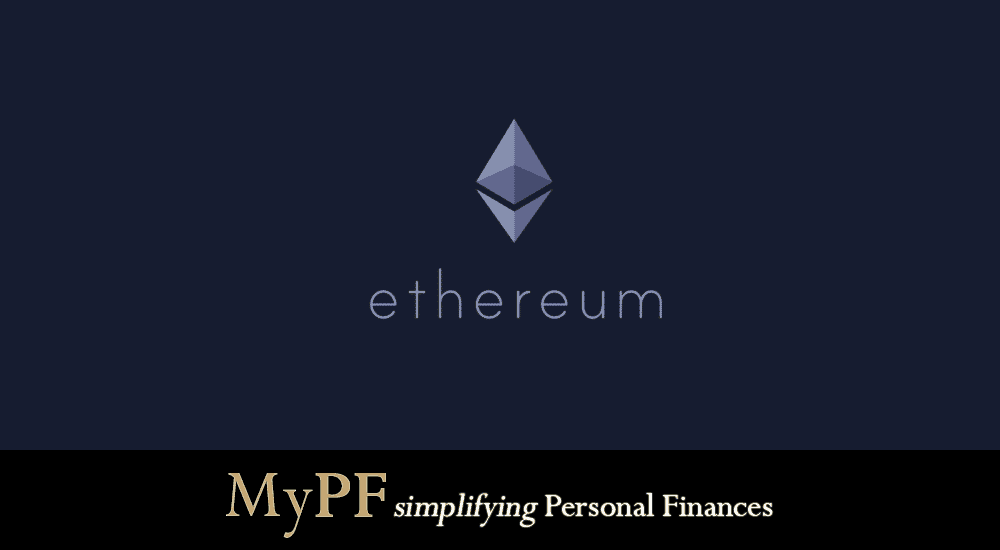
Contents
What is Ethereum?
Ethereum is an open-source blockchain-based platform that essentially enables hundreds of decentralized cryptocurrencies and projects to be built and deployed exist without having to build their own blockchains.
With the second largest market cap in the cryptocurrency world, Ethereum has drawn a lot of attention from investors and crypto enthusiasts alike.
Ethereum not only presents a significant change to the status quo, it also allows for the quick development and deployment of new applications presenting niche solutions for various industries.
While Ethereum’s utility is obvious to programmers and the tech world at large, many people who are less tech-savvy have trouble understanding it. This guide is for those new to crypto and those looking to go deeper into this potentially world-changing cryptocurrency.
The cryptocurrency of the Ethereum network is called ether (aka ETH).
Ether’s Two Different Functions
- Compensate the mining full nodes that power its network. This keeps things running smoothly at an administrative level.
- Pay people under smart contract conditions. This is what motivates users to work on the Ethereum platform.
Ethereum’s History
- 2011: Russian-Canadian Vitalik Buterin, then age 17, learned about Bitcoin from his father. Buterin later became a co-founder of Bitcoin Magazine and serves on the editorial board of Ledger which publishes original research articles on cryptocurrency and blockchain technology.
- 2013: Buterin published a white-paper proposing Ethereum after visiting developers across the world who shared an enthusiasm for programming.
- 2014: Buterin dropped out of the University of Waterloo after receiving the Thiel Fellowship of $100,000 to work on Ethereum full-time.
- 2015: Ethereum went live.
- 2017: Ethereum reaches a market cap of $36 billion.

Ethereum vs Bitcoin
If you’re interested in Ethereum, chances are you have some sort of foundational knowledge of bitcoin. All cryptocurrencies inevitably get compared to Bitcoin, and frankly makes understanding other cryptos much easier.
Bitcoin launched in 2009 as the world’s first cryptocurrency, with the single goal of creating a decentralized universal currency. This currency would not require any intermediary financial institutions, but would still ensure safe and valid transactions. This was made possible by a revolutionary technology called the “blockchain.”
The blockchain is a digital ledger, continuously recording and verifying records. It’s used to track and verify Bitcoin transactions. Since the global network of communicating nodes maintains the blockchain, it’s pretty much incorruptible. As new blocks are added to the network, they are constantly validated.
Similar to Bitcoin, Ethereum is a distributed public blockchain network. While both Ethereum and Bitcoin are cryptocurrencies that can be traded among users, there are many substantial differences between the two.
Bitcoin, for example, utilizes blockchain to track ownership of the digital currency, making it an extremely effective peer to peer electronic cash system. Ethereum, on the other hand, focuses on running the programming code of an application. Application developers largely use it to pay for services and transaction fees on the Ethereum network.
Both Bitcoin and Ethereum are “decentralized,” meaning they have no central control or issuing authority. Respective miners run each network by validating transactions to earn either Bitcoin (for Bitcoin) or Ether (for Ethereum).
“Bitcoin is first and foremost a currency; this is one particular application of a blockchain. However, it is far from the only application.” ~Dr. Gavin Wood, Ethereum Co-Founder
Ethereum Benefits over Bitcoin
- Shorter Block Times: On Ethereum, blocks are mined roughly every 15 seconds compared to Bitcoin’s 10-minutes rate. This shorter time allows the blockchain to more quickly start confirming transaction data (although it also means more orphaned blocksj.
- More Sophisticated Fee Structure: Ethereum transaction fees are based off storage needs and network usage. Bitcoin transactions are limited by block size and compete with each other.
- More Sophisticated Mining: Bitcoin mining currently requires ASICs (Application-Specific Integrated Circuits), necessitating a large amount of capital investment to mine. Ethereum’s mining algorithm was designed with ASIC-resistance in mind, thus leveling the playing field and aiding in the decentralization of mining.
- Currency Function: Ethereum arguably functions better than Bitcoin as a currency. With Ethereum, you can reliably send transactions faster, pay lower transaction fees, and mine at a more profitable rate (although it still has its downfalls for miners).
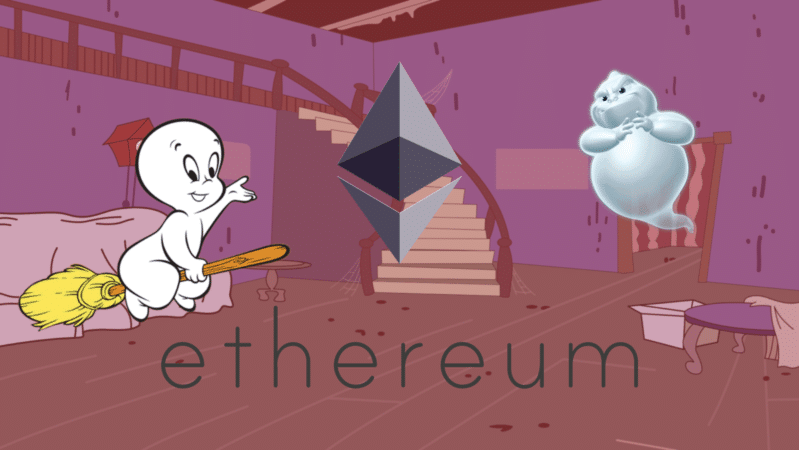
Ethereum Facing Tomorrow’s Challenges
Handling financial transactions presents hugely complex problems in terms of reliability and security. The Ethereum network comprises a general purpose blockchain that handles assets other than money and face more complex challenges arise beyond mere financial transactions. Moving into the future, Ethereum confronts issues of scalability, energy consumption, security, privacy, and decentralization.
Beyond Money
As a general purpose blockchain, Ethereum needs a mechanism to represent assets other than money. The ERC-721 standard has been created to transact unique items of value. The ERC acronym stands for Ethereum Request for Comment and provides a formal process for the Ethereum Foundation to improve its product. The ERC-721 standard originally drove the development of the highly successful CryptoKitties collectibles, but it allows for the representation of any digital asset.
Casper (The Friendly) Finality Gadget
Any blockchain relies on a trustworthy, fair, secure, and reliable consensus protocol for placing transactions onto the system. Like Bitcoin, Ethereum uses a Proof of Work (PoW) approach, but the Ethereum blockchain plans to implement a Proof of Stake (PoS) algorithm.
The Casper finality gadget implements PoS as an independent module. As an independent module, Casper lives on top of the current PoW system, making the Ethereum network a hybrid system of both PoW and PoS. Also as an independent module, this allows the PoW portion of the network to be removed at a later date.
The Casper PoS protocol utilized game theory incentives to maintain the integrity of the system. It also provides benefits of greater security and reduces the massive energy consumption required by PoW mining.
Scaling
Scaling presents a great challenge for Ethereum, as it does for other blockchains. Scaling defines a system’s ability to handle a large and growing workload without showing strain or stress to the system. Think of this both as a system’s power and efficiency to complete tasks and also as a user experience challenge. If a user waits too long for a response after clicking a button, frustration results, and users give up on the system.
Vitalik Buterin identifies scaling as a primary concern that needs to be addressed in blockchain technology. Bitcoin is currently processing a bit less than three transactions a second; and if it goes close to four, it’s already at peak capacity. Ethereum over the last few days, it’s been doing five a second. And if it (Ethereum) goes above six, then it’s also at peak capacity.
Joseph Poon (the creator of the Lightning Network protocol used in Bitcoin) and Vitalik Buterin jointly design and architect Plasma for Ethereum. Efforts like Lightning and Plasma ease stress on the network by taking work offline to a side chain. Users engage in multiple transactions over time on a channel on the side chain without utilizing the main blockchain at this point. After a number of transactions complete, the final state of these transactions moves over to the main blockchain as a single transaction with a single fee. Multiple interactions to process thereby reduce to a single action on the blockchain, consequently reducing strain on resources and improving scalability.
Sharding presents a technique for storing data in an efficient manner to improve retrieval. And efficiency determines scalability. Sharding defines ways to break data into separate pieces and store them separately. Consequently, you only have to deal with the small piece containing the data you are interested in and not wade through every piece of data contained in the entire system. Database technology has long utilized sharding to increase scalability, and now the Ethereum Foundation researches how sharding can improve blockchain technology.

Going Deeper into Ethereum
Ethereum’s appeal is that it’s built in a way that enables developers to create smart contracts. Smart contracts are scripts that automatically execute tasks when certain conditions are met. For example, a smart contract could technically say, “Pay Tom $100 if he submits a 1000 word article by July 31” and it would pay Tom once the condition(s) are met.
Smart contracts can automate a variety of tasks, without requiring intermediaries. All a smart contract needs is the arbitrary rules written into it.
These smart contracts are executed by the Turing-complete Ethereum Virtual Machine (EVM), run by an international public network of nodes.
The Ethereum white paper goes into detail for some of the potential use cases. All of which could be built through decentralized apps (dapps) on the Ethereum network. By building these apps on the Ethereum network, these dapps can utilize Ethereum’s blockchain instead of having to create their own.
Examples of Use Cases
- Token Systems
- Financial Derivatives
- Identity and Reputation Systems
- File Storage
- Banking
- Centralised Autonomous Organizations
- Insurance
- Data Feeds
- Cloud Computing
- Prediction Markets
Dapps Advantages
- Open Source: Dapps allow users to view the app code on both the frontend and backend. No sketchy “allow us to use your location” nonsense unless otherwise stated.
- Autonomous: Dapps automatically act by the rules encoded into them. No room for outside corruption.
- Secure: Data and protocols are stored on the blockchain cryptographically. No hacks.
- 100% Uptime: The blockchain is always running, meaning zero downtime for dapps. No crashes.
- Easier Implementation: Developers wanting to take advantage of blockchain technology do not need to create a new blockchain. The framework is there, saving dapp creators a ton of time and effort spent creating a potentially subpar framework. In order to run on this decentralized network, dapps just pay transaction fees.
- Usability: In most cases, front-end users can’t even distinguish dapps from regular apps. Dapps typically use HTML/JavaScript web applications to communicate with the blockchain, appearing the same to users.
Ethereum Dapps Use Cases
Ethereum’s intersection with the real world is paved with innovation and disruption. There are already a huge number of projects, both live and in development, built on the Ethereum network. Here are just some of the most successful and promising of these dapps.
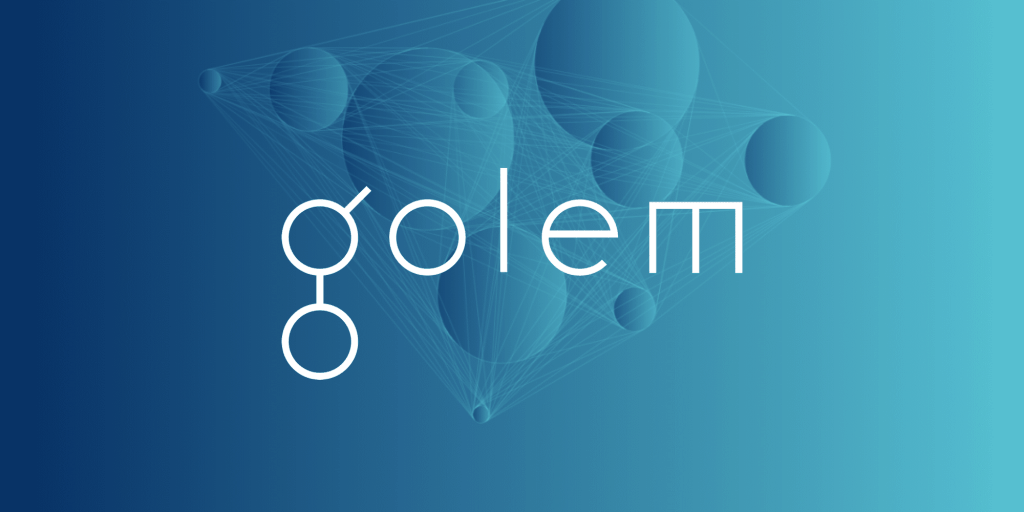
Golem: The Golem project aims to make a global supercomputer easily accessible to anyone. It’s essentially the first decentralized sharing economy of computing power. As a global market, users would be able to make money by “renting” out their idle computing power, or spend money to have access to a supercomputer. Hold up, have you ever used a supercomputer? Supercomputers cost between a million dollars and a good fraction of a billion dollars. The modern Tianhe-2 Supercomputer has the power of roughly 18,400 Playstation 4s. Golem’s goal is to make this sort of power easily accessible anywhere in the world at an infinitesimal cost.
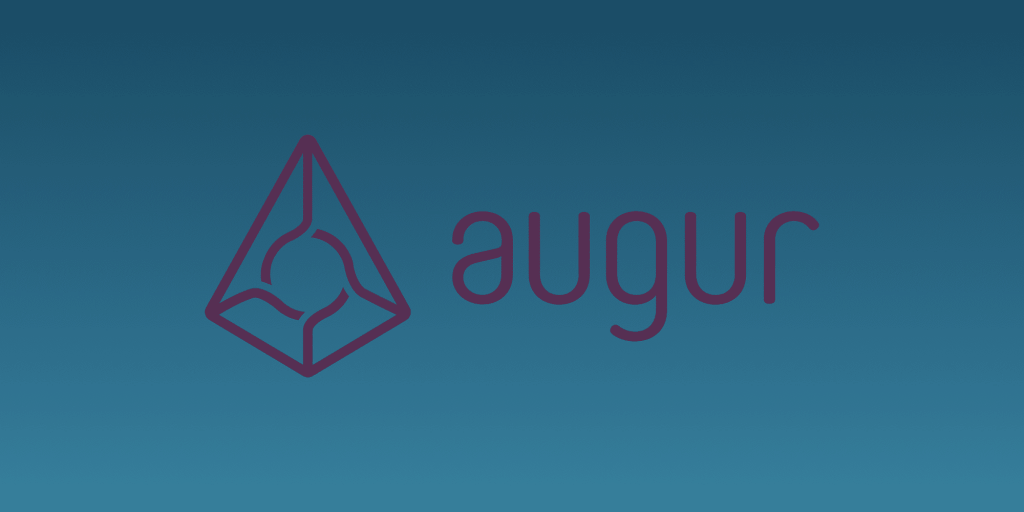
Augur: Augur’s goal is to utilize a decentralized network to create a powerful forecasting tool using prediction markets. Augur would reward users for correctly predicting future events. While at a surface level it may just seem like a decentralized betting platform (which is still worth a lot), Augur could potentially provide powerful predictive data for virtually any industry. Prediction markets are more accurate at forecasting than individual experts, traditional opinion polling, and surveys.
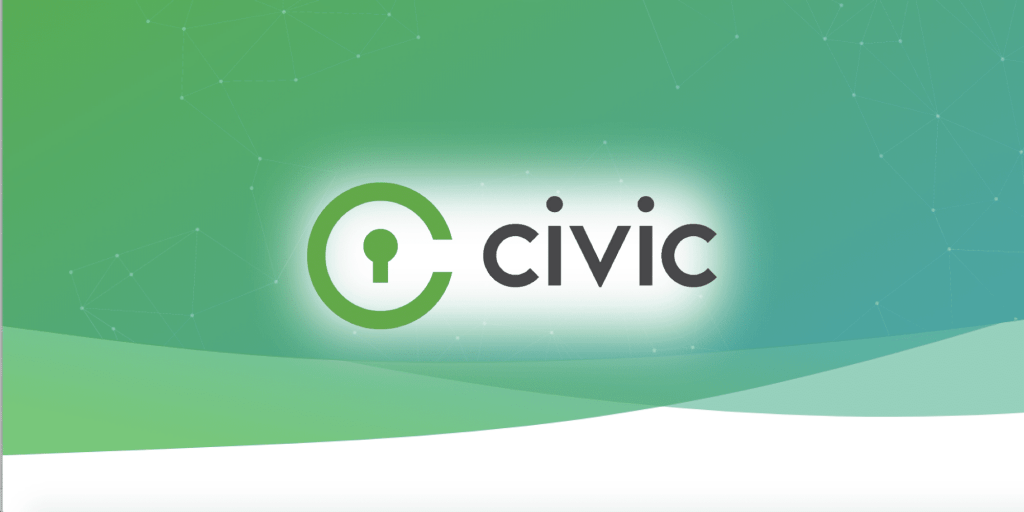
Civic: Civic aims to protect user’s identities and provide blockchain-based, secure, low-cost, on-demand access to identity verification. This would not only prevent and provide users with assistance for identity fraud, but it would also remove the need for constant personal information and background verification checks. Think about how many times you’ve left your social security number with someone’s assistant and you can see the benefits of Civic.
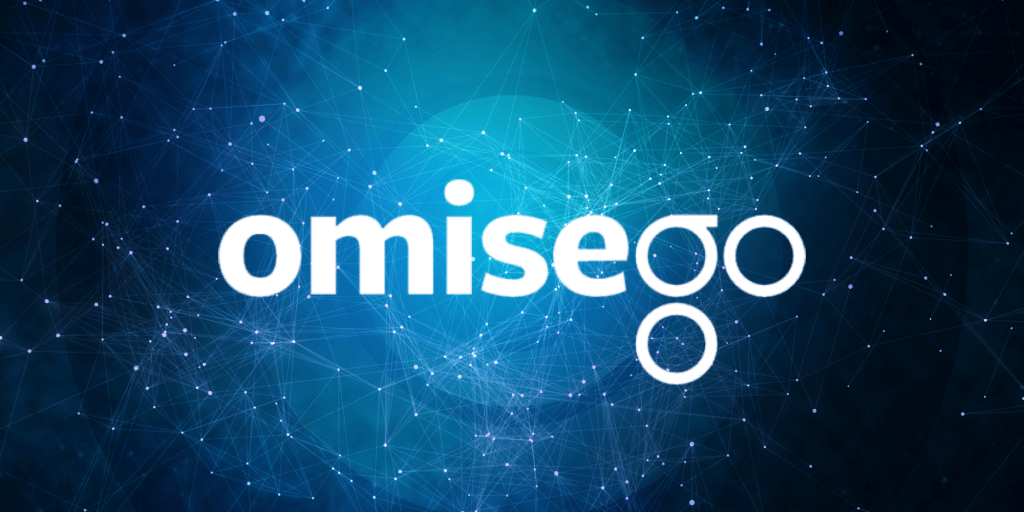
OmiseGO: OmiseGO’s vision is to solve the problems and inefficiencies of financial institutions, processors, and gateways by enabling decentralized exchange on a public blockchain at a lower cost and high volume. This means anyone will be able to conduct financial transactions such as payments, payroll deposits, B2B commerce, supply-chain finance, asset management, and loyalty programs without having to rely on a single server and without exorbitant fees! The system is built in a way that allows the best currency (whether fiat or decentralized) to win.
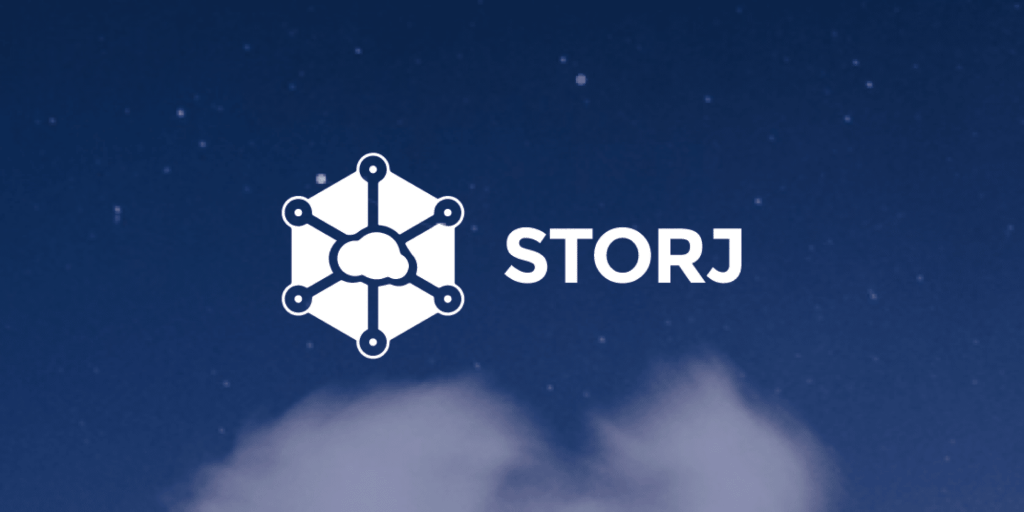
Storj: Storj’s aim is to make it possible for users to rent out their excess hard drive space in exchange for the crypto STORJ. Users could therefore also use Storj to rent additional hard drive space. The Storj project uses blockchain and peer-to-peer networks to solve these problems. It distributes the files so redundancy is well established. It also guarantees a user is the only one who can access the user’s files.
These are only a handful of different dapps all running on the Ethereum platform. What really stands out with dapps is how they are able to “raise” real capital by selling tokens. Whereas traditional apps have to seek outside investment or IPO, a dapp can simply “ICO” and raise the capital they need to build their company. While this removes friction from the financing processes, it has unfortunately also made it possible for many sub-par dapps to ICO and take advantage of eager speculators.

The DAO Controversy
The most famous DAO was simply known as The DAO, a Decentralized Autonomous Organization primarily functioning as its own investor-directed venture capital fund. It didn’t have the conventional management structure or board of directors, was not tied to any particular government, and instead ran on open source code. The DAO was set up to give funders the power to vote for which dapps deserved investment through DAO tokens.
The DAO is most famous for the largest crowdfunding campaign in history, raising over $150 million in ether from more than 11,000 investors. The DAO is also most infamous for getting hacked for $50 million. This hack inevitably caused a split in the Ethereum community, creating what we now know as Ethereum (ETH) and Ethereum Classic (ETC).
The hack happened because of The DAO’s “Split Function.” Funders who wanted to exit The DAO could use its “Split Function,” which would give them back the ether they had invested. The only stipulation was that existing funders had to hold their ether for 28 days before they could withdraw them.
On June 17th 2016, an unknown person or group of people took advantage of a lapse in the Split Function’s security with a simple recursive function. This frustratingly easy hack allowed the hacker(s) to repeat their request to withdraw the same DAO tokens multiple times before the system registered it as $50 million.
The news of this hack created chaos in the Ethereum community. While this hack had nothing to do with the Ethereum platform and everything to do with The DAO platform, many members of the Ethereum community were invested in The DAO. The community as a whole had 28 days to come up with a solution, which ended up being to “fork” – stop the current blockchain entirely and create something new from scratch.
The new Ethereum (ETH) is the result of the fork, and is essentially the blockchain before the hack. The old Ethereum (Ethereum Classic – ETC) is still running the original blockchain with the hack included. The vast majority of the Ethereum community including the Ethereum founders pivoted along with ETH, with a small minority staying loyal to the original blockchain.

The Future of Ethereum
Software never stops changing until people stop using it. The Ethereum Foundation follows a roadmap of future modifications and enhancements to the system. No system ever runs fast enough, so scaling continues to develop. Privacy remains paramount, and research into zero-knowledge proofs continues. Decentralized systems demand constant attention to security. Many aspects of the future remain unknown. Some new and popular application not yet on the market may well demand new capabilities from the system. As the world changes, Ethereum continues to evolve.
The future for Ethereum is bright, but it is not without its potential uncertainty.
A notable event on the horizon is the Metropolis hard fork that is set to occur in late September. This hard fork indicates some major upgrades for the platform including:
- Increased anonymity with new zero-knowledge proofs, or “zk-SNARKs.” This means users will be able to conduct transactions at much more secure levels of anonymity than ever before.
- Smart contracts and programming will be much easier to work with. Gas is also going to be adjusted for bill setting.
- Masking will increase security on the network. Users will be able to determine the address for which they have a private key, and this will protect them from quantum computer hacking.
- A “difficulty bomb” will be included in the upgraded, meaning mining will become much more difficult. This is a significant step as Ethereum transitions from proof-of-work (PoW) to proof-of-sake (PoS).
No one knows how this hard fork will affect the price of Ethereum as markets could adjust in a variety of ways. If the upgrades attract more users, the price could rise. However, if mining becomes more difficult and slows, the price could fall.
The next upgrade after Metropolis is referred to as Serenity, which should increase stability and encourage more investment.
While there is a lot of speculative interest around Ethereum, it’s important to note that the Ethereum and dapp communities are very much focused on building a tangible future.
Ethereum is a phenomenal application of the blockchain and has made it possible for hundreds of projects to exist.
“Blockchain solves the problem of manipulation. When I speak about it in the West, people say they trust Google, Facebook, or their banks. But the rest of the world doesn’t trust organizations and corporations that much — I mean Africa, India, Eastern Europe, or Russia. It’s not about the places where people are really rich. Blockchain’s opportunities are the highest in the countries that haven’t reached that level yet.” ~italik Buterin, Ethereum Founder
The primary goal of Ethereum’s founders isn’t to create a cryptocurrency that makes speculators a ton of money; it’s to change the world. The Ethereum community attracts ideological supporters in the same way Bitcoin and other cryptocurrencies do, but it’s use cases give it life far beyond that of other coins.




Leave A Comment